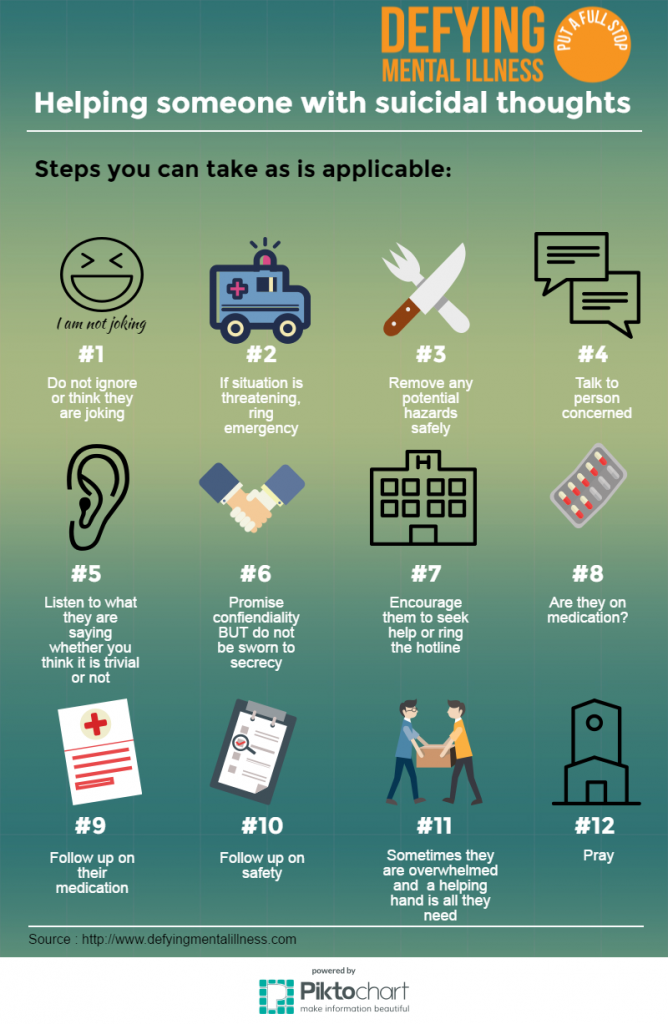The very first step in crisis intervention involves guaranteeing that the client is risk-free. This can consist of assessing for variables like frustration or accessibility to harmful objects.
The next action entails learning more regarding the customer's existing problems. This is typically done with energetic listening and empathy. This can help the situation -responder identify how the situation intensified to a situation.
De-escalation
Several factors can cause somebody to go into a state of situation. These variables might involve a loss of control, lack of resources or feelings of concern and anxiousness. Usually, people who are in a state of crisis need instant assistance and assistance.
To de-escalate a dilemma scenario, the first step is to ensure that the client is risk-free and safe. This can consist of obtaining them right into a psychological health clinic or other treatment program. It may also involve offering help and solutions, such as shelter and food.
Once the client is safely in a safe atmosphere, the dilemma treatment employee can start examining their feelings and demands. This entails evaluating the precipitating event, the client's perceptions of the significance and factor of the occurrence, and the quantity of subjective distress. This details will certainly assist the crisis intervention worker establish an activity plan to minimize distress and enhance operating. They might also ask the client to recommend healthy or adaptive cognitions concerning their current situation.
Rapport building
Rapport is a soft skill that assists you construct count on and establish two-way interaction. It is additionally an essential part of structure partnerships at the workplace. It's a required skill for all staff member, yet it's especially important for customer-facing professionals and people in leadership positions.
Rapport structure involves creating a safe, nonjudgmental space where clients can review their sensations and share their experiences. It focuses on compassion, recognition and sensible support. It additionally intends to equip clients by offering information about local resources and solutions, such as situation therapy or walk-in facilities.
Some customers are reluctant to talk about sensitive or individual topics, so it is essential to take their lead. It is likewise suggested to ask inquiries that are clear and succinct. In this manner, customers will comprehend what is being stated and can feel comfortable sharing their ideas and feelings. It's also practical to recommend clients concerning quality analysis product that can help them take care of their dilemmas.
Analytic
The analytic procedure assists people recognize troubles and make strategies to resolve them. It is an essential part of dilemma intervention. This process involves reviewing lethality, establishing connection, and talking about the crisis situation. It additionally consists of active listening and compassion. This sort of paying attention is a vital step in the situation treatment process because it needs you to put the client and their sensations initially. It likewise encourages you to remove any kind of predispositions and judgment that could hinder of developing a trusting relationship.
It is important to review the customer's perception and analysis of the event that brought about the dilemma. The crisis employee need to function to identify and resolve cognitive mistakes and help the customer develop an extra adaptive context. This may entail talking about positive coping strategies, which can be beneficial in reducing the degree of distress. It can also include exploring alternate coping techniques that the customer may have attempted.
Follow-up
During this action, the crisis treatment worker assists customers determine their sources and support systems. They additionally motivate the client to make use of adaptive coping methods. They also reframe their negative attitude patterns and help them establish realistic contexts for the situation.
In this action, the crisis worker confirms the client's feelings and experiences and reassures them that they will certainly improve. This step additionally includes developing an unconditional favorable regard for the client and revealing that they appreciate them.
It is necessary for the client to really feel risk-free and behavioral health comfy. To achieve this, the dilemma therapist should reveal empathy and active listening abilities. After that, they should aid the client determine any kind of triggers for suicidal thoughts. Lastly, they need to give a follow-up plan to avoid self-destruction and offer references if necessary. To execute this version, therapists need a documenting remedy that allows them to remember promptly and effectively. This permits them to focus on their client's demands as opposed to navigating a difficult documentation system.
